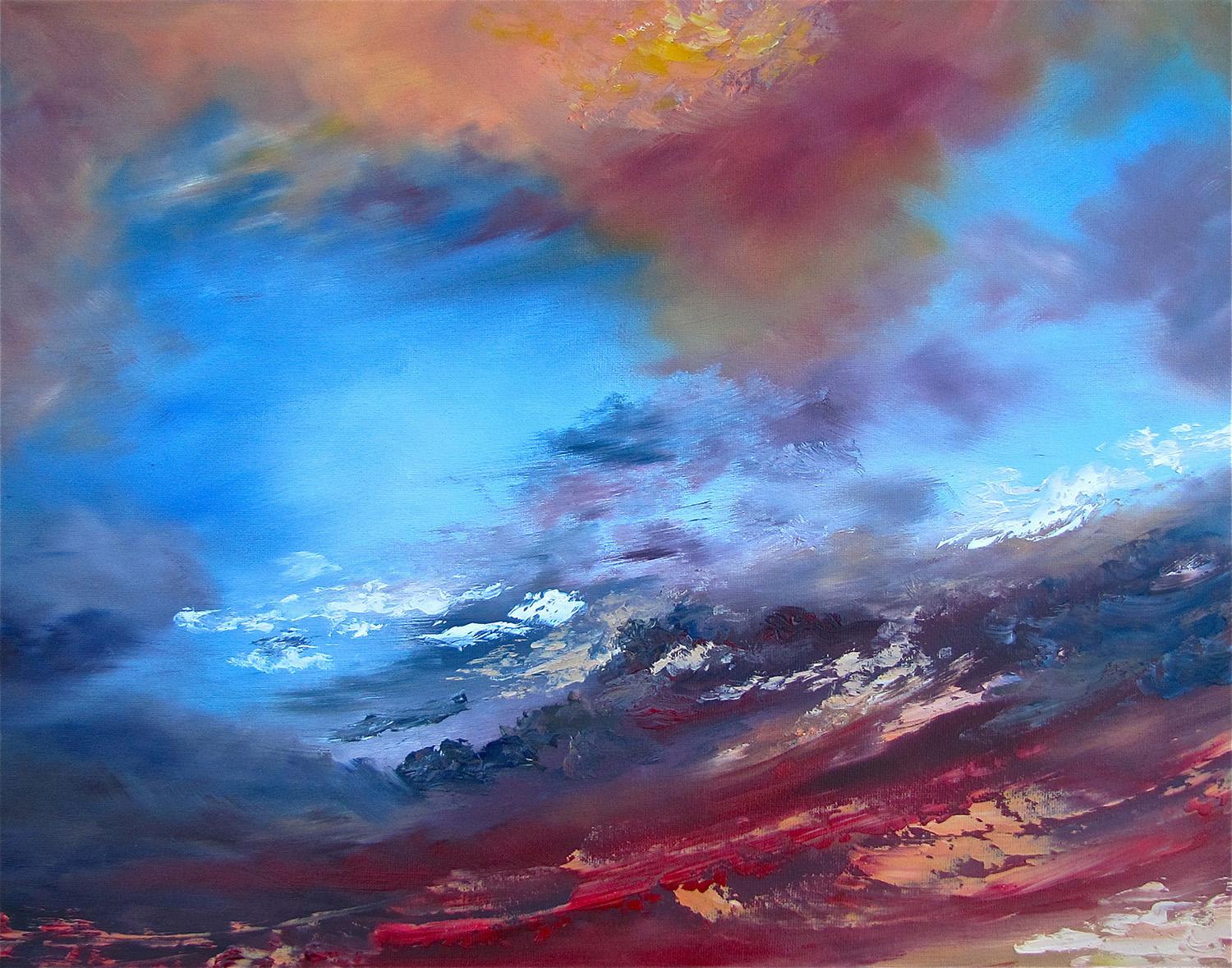Inspiration and Influence Drawn From Impressionism
Cyndy says herself that her work is neither Impressionism nor Realism nor Abstract, but rather a fusion of multiple forms. Although her work is unique and not drawn from any one style, Cyndy’s classic training and a rich legacy of artistic expression and innovation provides a foundation that has fueled her unique philosophy and development. Today, we would like to highlight some of the vibrant artistic legacy from which Cyndy draws inspiration.
Impressionism Is a Rich Venue for Innovation and Emotional Expression
When Impressionism burst onto the scene in Paris, 1874, it was a deliberate rebellion against the established Paris Salon of artists. Finding community in their desire for a more open, flexible, modern, and immediate form of art, artists such as Monet, Degas, Cassat, and Bazille defied the regular strictures of traditional masters.
Their art focused on the natural world and modern scenes of everyday life, rather than epic battles, portraiture, or pivotal scenes from classical stories. Their dramatic color palettes, enabled by new technology in paint pigmentation and canvas treatment, caught the attention of the world. Using colors to depict highlight and shadow, and heavy, oftentimes unblended brushstrokes, Impressionist painters found new ways to infuse their art with motion and excitement.
While the “unfinished” look was largely decried by critics of the time, it struck a chord for viewers who appreciated this new technique’s ability to capture a fleeting moment or feeling. And although the heavy brush strokes and unblended colors may make the composition look carefree or simple to some, an immense amount of discipline and planning underlies each composition.
By 1874, the collective movement of Impressionism had dispersed, although its influence was felt in each subsequent wave of artistic movements, from Gaugin’s Primitivism to Eakin’s Realism and even Pollack’s Abstract Expressionism. Today, many modern artists continue to draw on Impressionism’s revolutionary audacity to convey a powerful mood and share a fleeting moment.
Characteristics of Impressionism That Resonate With Cyndy’s Work
- Rich, vibrant colors that capture the brilliance of the natural world and the powerful emotions it can inspire.
- Powerful brush strokes that create an “in-the-moment” feeling, acknowledging the transience inherent in such scenes of beauty and wonder.
- Focus on the play of light that brings power to everyday views of natural beauty.
You can learn more about Cyndy’s history, training, and artistic philosophy here, or browse our collection to see her work in action.
Questions? We would love to hear from you. Get in touch.


